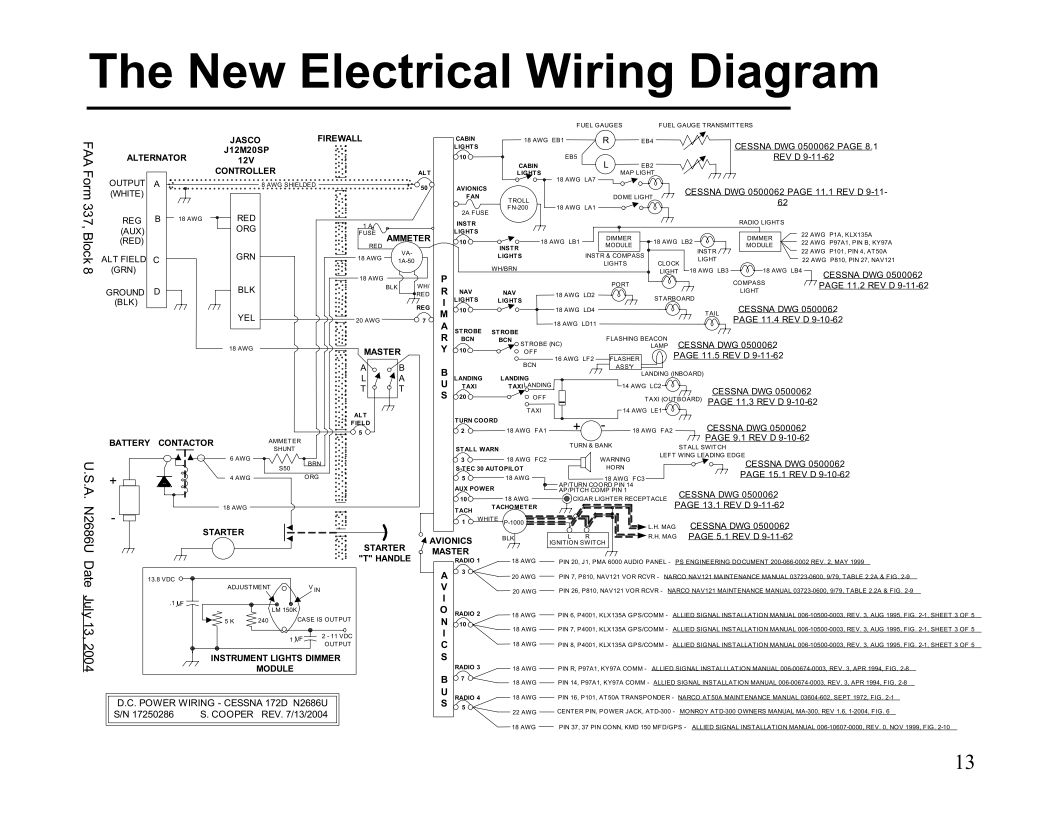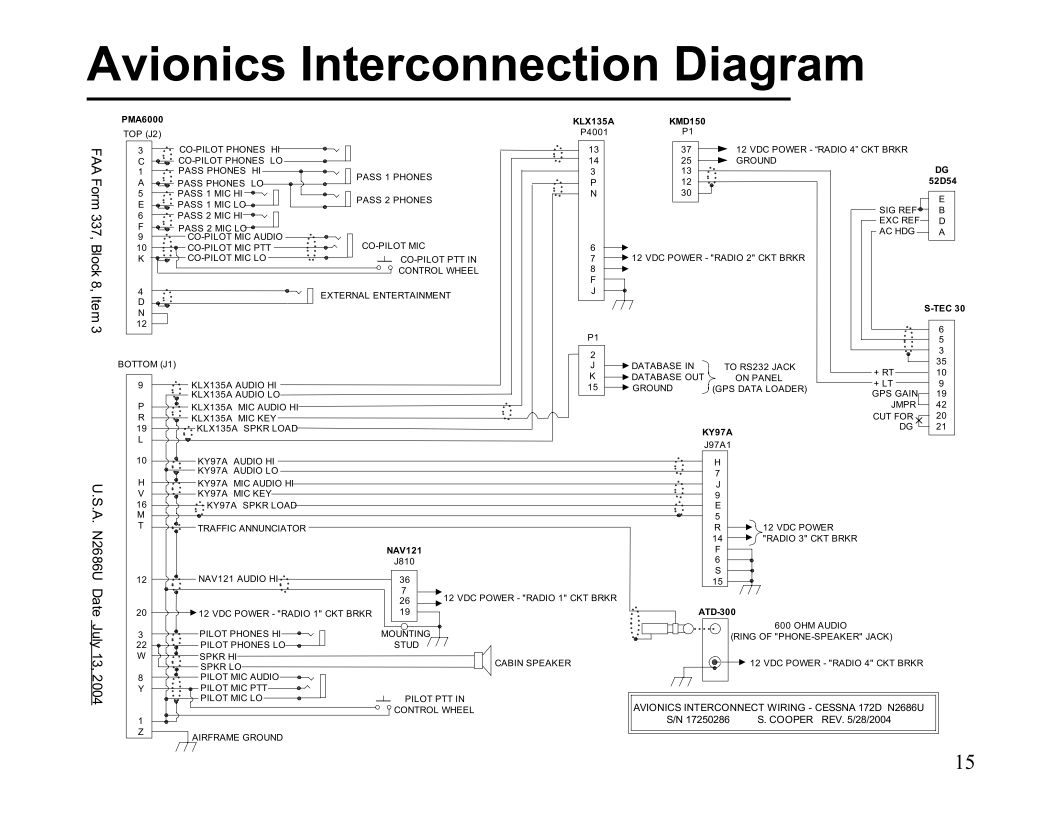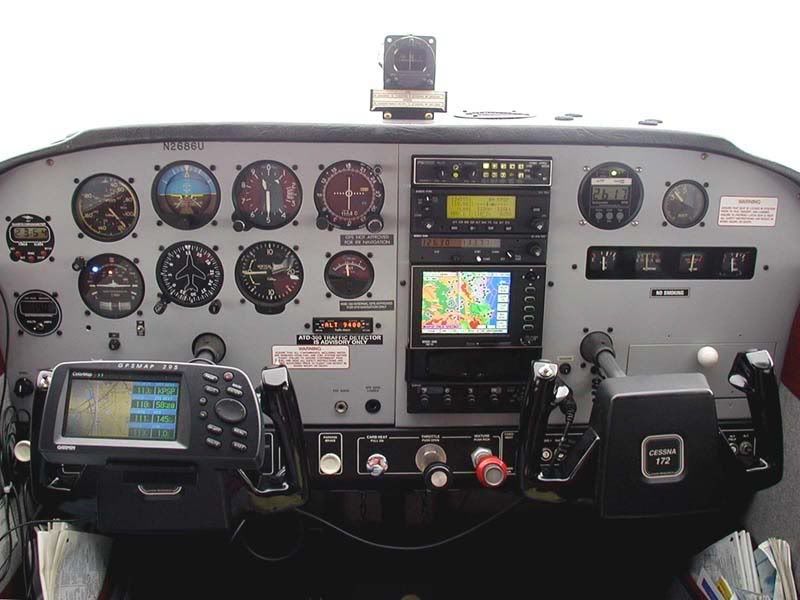Tom Cipollone
Filing Flight Plan
- Joined
- Sep 19, 2017
- Messages
- 3
- Display Name
Display name:
miner_tom
Hi, this is my first post on this forum.
I am an A&P student who has spent many years (decades) as an electronics engineer. I wish to be able to service my own plane.
I was doing work at a 145 repair station during the summer doing cable harnesses and "installs". One thing that I saw was that the repair station had mountains of documentation from the manufacturers of various controls, radios and indicators. Working with this documentation I realized that there are certain "approved" indicators, lets say, that will work with certain radios. The manufacturer of the radio will provide the necessary interface information to the indicators.
In a hypothetical case, lets say that I have a set of indicators in my plane and I wish to install a new radio. I would have to obtain the documentation for that radio where the interface schematic would be shown, in order to create the proper wiring harness and pinouts for the connectors. I was told that this information had to come in print or hard copy form from the manufacturer and not be downloaded from the internet (where it would not be considered approved data).
How true is the above statement? How does the "home-brewed" avionics technician get approved data? Can the data be downloaded if it is available?
Thank You
Tom
I am an A&P student who has spent many years (decades) as an electronics engineer. I wish to be able to service my own plane.
I was doing work at a 145 repair station during the summer doing cable harnesses and "installs". One thing that I saw was that the repair station had mountains of documentation from the manufacturers of various controls, radios and indicators. Working with this documentation I realized that there are certain "approved" indicators, lets say, that will work with certain radios. The manufacturer of the radio will provide the necessary interface information to the indicators.
In a hypothetical case, lets say that I have a set of indicators in my plane and I wish to install a new radio. I would have to obtain the documentation for that radio where the interface schematic would be shown, in order to create the proper wiring harness and pinouts for the connectors. I was told that this information had to come in print or hard copy form from the manufacturer and not be downloaded from the internet (where it would not be considered approved data).
How true is the above statement? How does the "home-brewed" avionics technician get approved data? Can the data be downloaded if it is available?
Thank You
Tom



